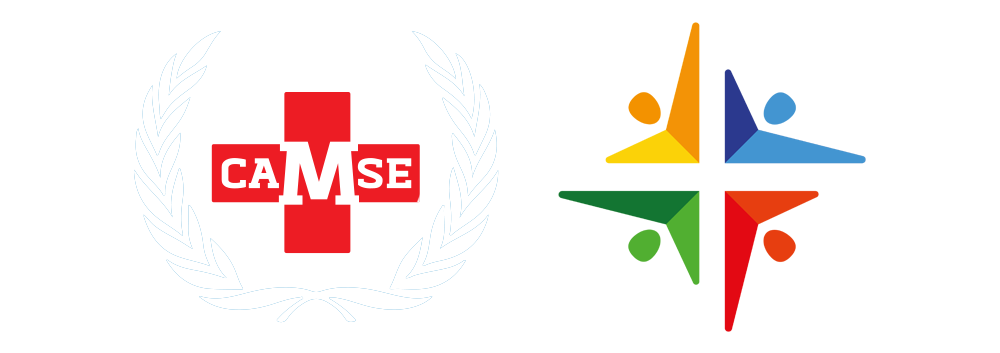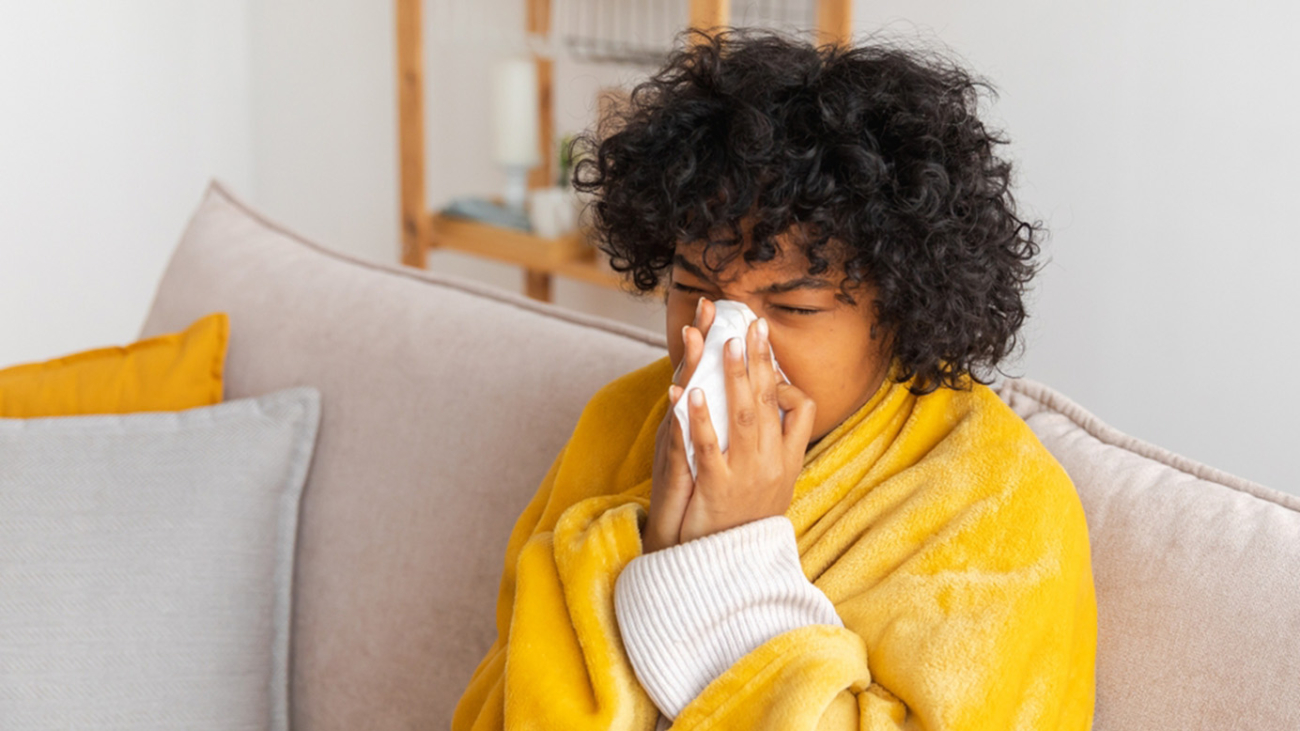The World Health Organization (WHO) has emphasized the need for an integrated approach to combat tuberculosis (TB) and lung health, focusing on people-centered care and the social factors of healthcare.
This approach recognized that TB is often linked to other health conditions like HIV, diabetes, and malnutrition; hence, the approach seeks to address these underlying conditions as well. The WHO noted that TB remains the world’s deadliest infectious disease, responsible for over 1 million deaths annually. Despite progress made in combating TB, global efforts are being threatened by drastic cuts in terms of funding, rising drug resistance, and ongoing conflicts.
Tuberculosis is known as a bacterial infection caused by a mycobacterium tuberculosis that affects the lungs as well as other parts of the body. Symptoms may include coughing, chest pain, coughing up blood, fatigue, weight loss, reoccurring fever, sweating at night, and chills.
Some determinants are malnutrition, smoking, people with a weak immune system like those with HIV/AIDS, adults and young children, and having close contact with an infected person.
For diagnosis, a chest X-ray, sputum test, blood test, or tuberculin skin test can be done to detect the presence of the bacteria that cause TB in the body. The new guidelines released by WHO are organized into five modules:
Module 1: Prevention. This focuses on adhering to the preventive measures such as practicing good hygiene, regular screenings, and vaccinations, as well as avoiding close contact with an infected person.
Module 2: Screening. This includes 17 new updated recommendations for screening and prioritizing populations like affected patients, people living with HIV, and those in prisons.
Module 3: Diagnosis. For rapid TB detection, three new classes of nucleic acid amplification tests (NAATs) have been endorsed.
Module 4: Treatment. This provides updates on drug-resistant TB treatment, a 6-month BPaLM regimen, and a 9-month all-oral regimen.
Module 5: Comorbidities, Vulnerable Populations, and People-Centered Care addresses the management of TB in children, adolescents, and susceptible individuals.
According to WHO, the cure rate for the new cases of TB is around 85%; however, this can vary depending on factors such as the severity of the disease, the presence of drug-resistant TB, and a patient’s adherence to treatment prescribed by medical experts.
To conclude, TB can be cured with proper treatment and a patient’s adherence to treatment to prevent relapse. As an individual, always complete your full treatment course, which is usually taken about six to nine months, ensure to attend follow-up appointments, and practice good hygiene.
Source: World Health Organization.


